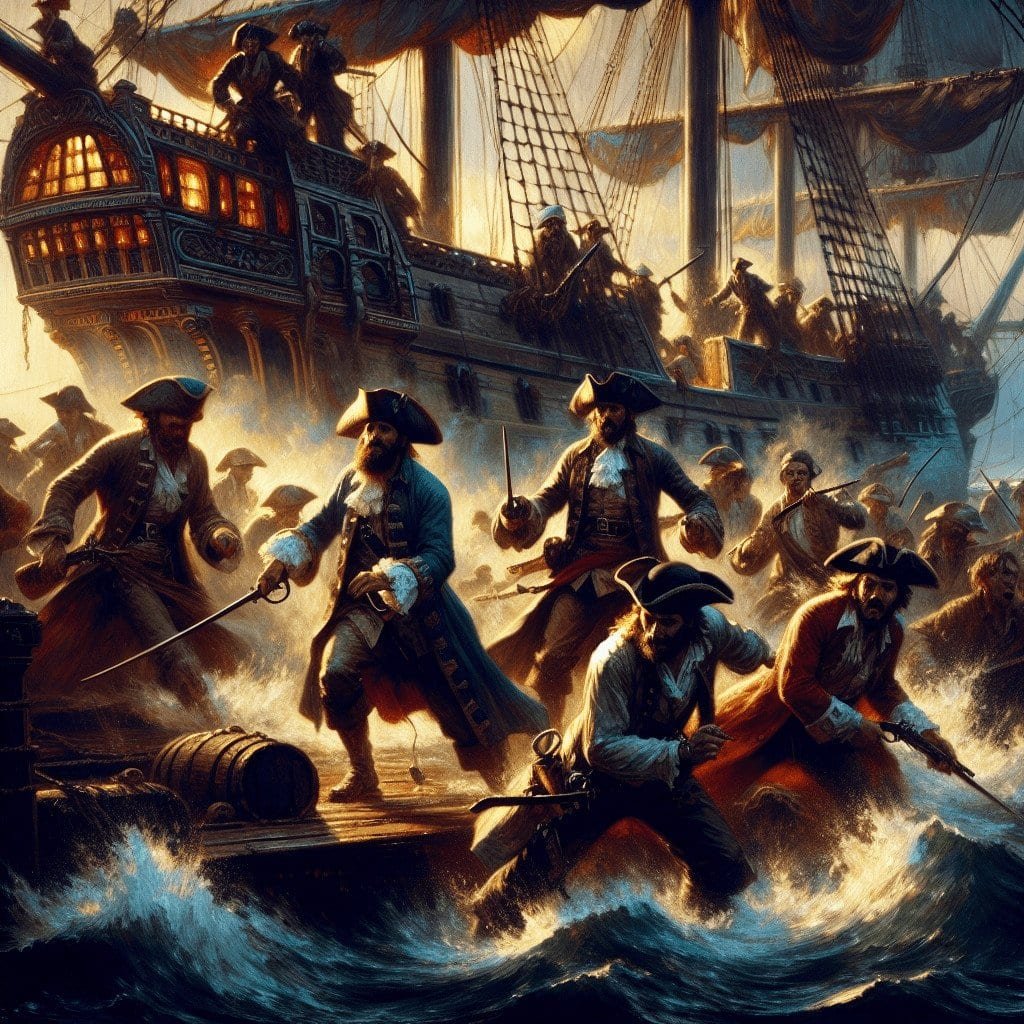Were There Pirates in the 19th Century?
The golden age of piracy, often depicted in popular culture as a period dominated by swashbuckling outlaws on the high seas, is generally considered to have ended in the early 18th century. However, piracy did not completely disappear. The 19th century saw its own share of piracy, though the nature and scope of these activities underwent significant changes due to evolving maritime laws, increased naval patrols, and the changing geopolitical landscape. This article explores the persistence of piracy into the 19th century, highlighting key figures, regions, and impacts.
The Continuation of Piracy in the 19th Century
Despite the decline of the classic era of piracy, the 19th century was rife with maritime raiding, which adapted to new circumstances and regions. Several factors contributed to the persistence and evolution of piracy during this period:
- Political Instability: Ongoing conflicts and the collapse of powerful empires provided opportunities for piracy to thrive.
- Technological Advancements: The introduction of steam-powered ships and improvements in naval artillery did not deter pirates; rather, it led to changes in their tactics.
- Economic Disparities: Economic hardship, especially in colonial regions, drove many to piracy as a means of survival.
Notable Pirates and Incidents
The 19th century featured several notable pirates and incidents that illustrate the global nature of piracy during this era:
- Jean Lafitte: A French pirate and privateer in the Gulf of Mexico, Lafitte is often considered a hero in the United States for his role in defending New Orleans during the War of 1812.
- The Barbary Pirates: Ope
rating from North Africa, these pirates preyed on European and American shipping in the Mediterranean until early in the 19th century.
- Chinese Piracy: The South China Sea was notorious for piracy, reaching its peak with the formidable pirate confederation led by Ching Shih, a female pirate who commanded hundreds of ships and tens of thousands of pirates.
Impact on Global Trade and Security
Piracy in the 19th century had significant impacts on global trade and security, prompting stronger naval responses and international cooperation:
- Increased Naval Patrols: Countries like Great Britain and the United States expanded their naval presence to protect commerce and suppress piracy.
- International Treaties: The rise in piracy led to the signing of several international treaties aimed at defining and combating piracy under international law.
- Impact on Insurance: Maritime insurance rates fluctuated significantly due to piracy, affecting global trade economics.
Conclusion
While the romantic image of pirates may belong to the era of Blackbeard and Captain Kidd, piracy continued to be a significant issue into the 19th century. The period saw the adaptation of piracy to new political and technological realities, impacting global trade routes and prompting international responses. From the Barbary Coast to the South China Sea, pirates in the 19th century were a diverse group, ranging from desperate outlaws to organized fleets. Understanding this era of piracy provides a more nuanced view of the challenges faced by maritime nations in maintaining security and promoting global trade.
In conclusion, the 19th century was not devoid of pirates but was a transformative period that reshaped the nature of maritime piracy in response to the changing world. The legacy of these pirates continues to influence maritime law and naval operations to this day.
